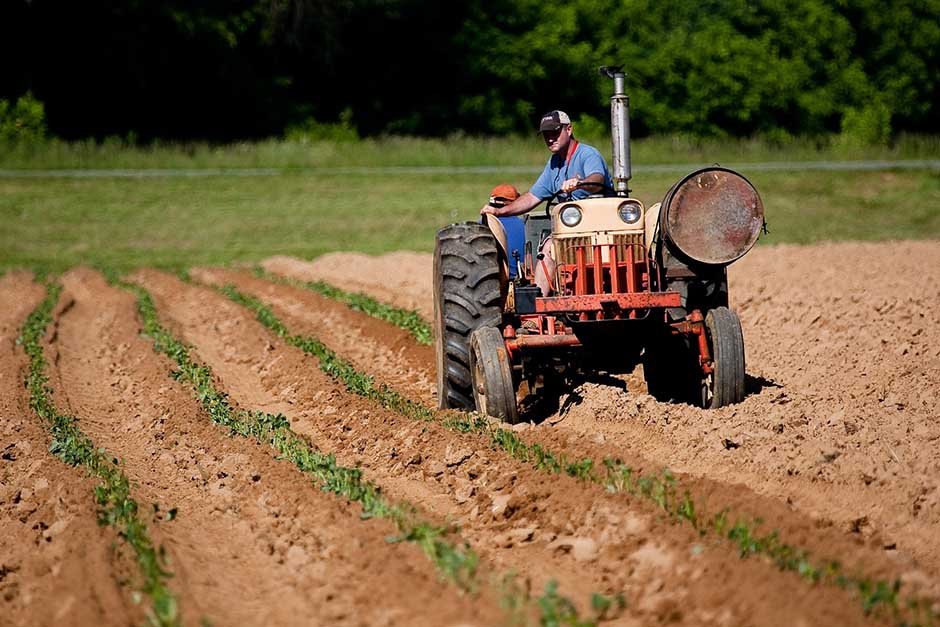Every farmer understands that there’s more to a big harvest than a lot of physical labour. Getting the most from the earth possible means ensuring the soil is in excellent shape, which requires maintaining its chemicals.
Let’s check out how salt can affect your soil, which in turn affects a crop’s yield.
Low Salt Fertilizer
When too much salt builds up in your soil, it’s known as soil compaction, and it can be one of the bigger challenges a farmer faces. The soil needs to be healthy and balanced before you begin planting, and soil compaction makes it difficult for plants to absorb nutrients.
You want the roots to readily suck up what plants need to thrive, so starting with low salt liquid fertilizers helps create the ideal soil conditions. As its name suggests, starter fertilizer is essential in the early phases to jump-start the plants’ growth.
Starter fertilizer helps to promote growth when the plant needs it the most, when the roots are barely formed, and the plant’s future is not assured. Using a low-salt fertilizer at this stage is even better, as this provides the best care possible.
Be Wary of High Salt Fertilizers
Why would a fertilizer have high salt content if salt is generally bad for plants? The short answer is it can be helpful sometimes. In the context of fertilizers, “salt” refers to any chemical compound composed of a positively charged ion and a negatively charged ion. Sodium chloride, as in table salt, is not a common component of fertilizer, even if it meets the dictionary definition of salt.
Too much salt too near a germinating seed or growing plant tissue can cause injury because salt creates an osmotic imbalance in which water flows from the regions of higher water concentration in the plant tissue to where the water is less concentrated near where the fertilizer is located.
When the plant tissue loses water, it causes desiccation injury, commonly known as “fertilizer burn.” The soil won’t properly drain if there’s too much salt.
Speak to a specialist if you’re at all unclear about which type of fertilizer to use because you’ll have to factor in the uniqueness of your soil.
Avoid Accumulation
When enough salt is embedded in the root zone, it’ll negatively impact plant growth. Using a fertilizer with a high salt content can result in long-term issues if that salt ends up accumulating over time.
Using a low-salt option fertilizer increases microbial activity, promoting nutrient cycling and fertility. In short, your soil will be considerably healthier when you start with a low-salt fertilizer.
When to Buy
The upfront costs for low-salt fertilizer more than pay for themselves. Consider that what you plant will not only grow better than it would have otherwise, but it may also not have taken root at all. It’s crucial to think about the long term here.
Increasing your annual yield will more than offset the initial costs. Trying to save money by growing crops without fertilizer is penny-wise, pound-foolish.
Farmers need to optimize their soil and make it as healthy as they can. Using low-salt fertilizers is an excellent start.
















